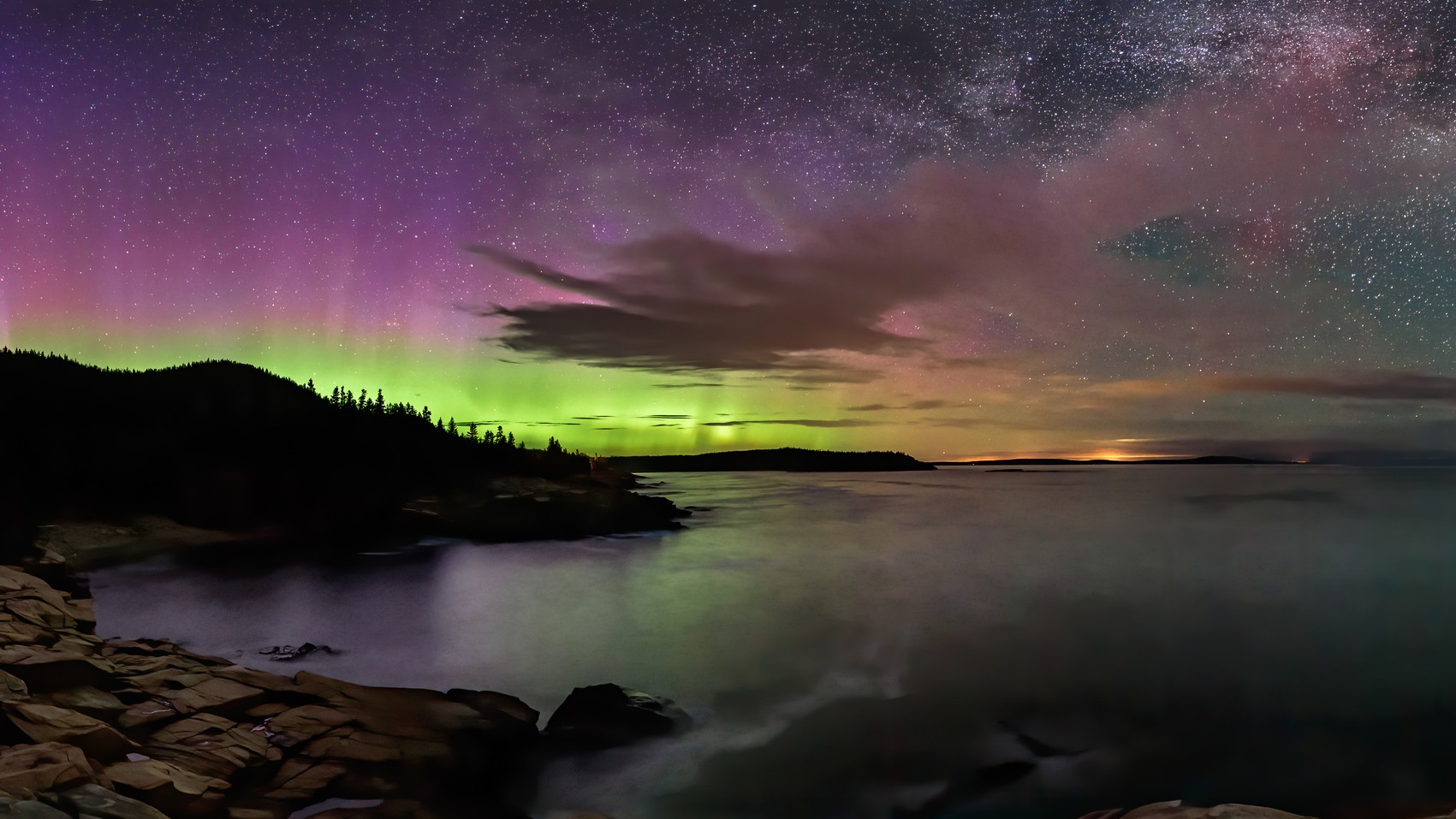International Dark Sky Week 2025: See these 10 night sky sights to celebrate
Bring a red light and snacks and get comfortable as you take in these celestial wonders.
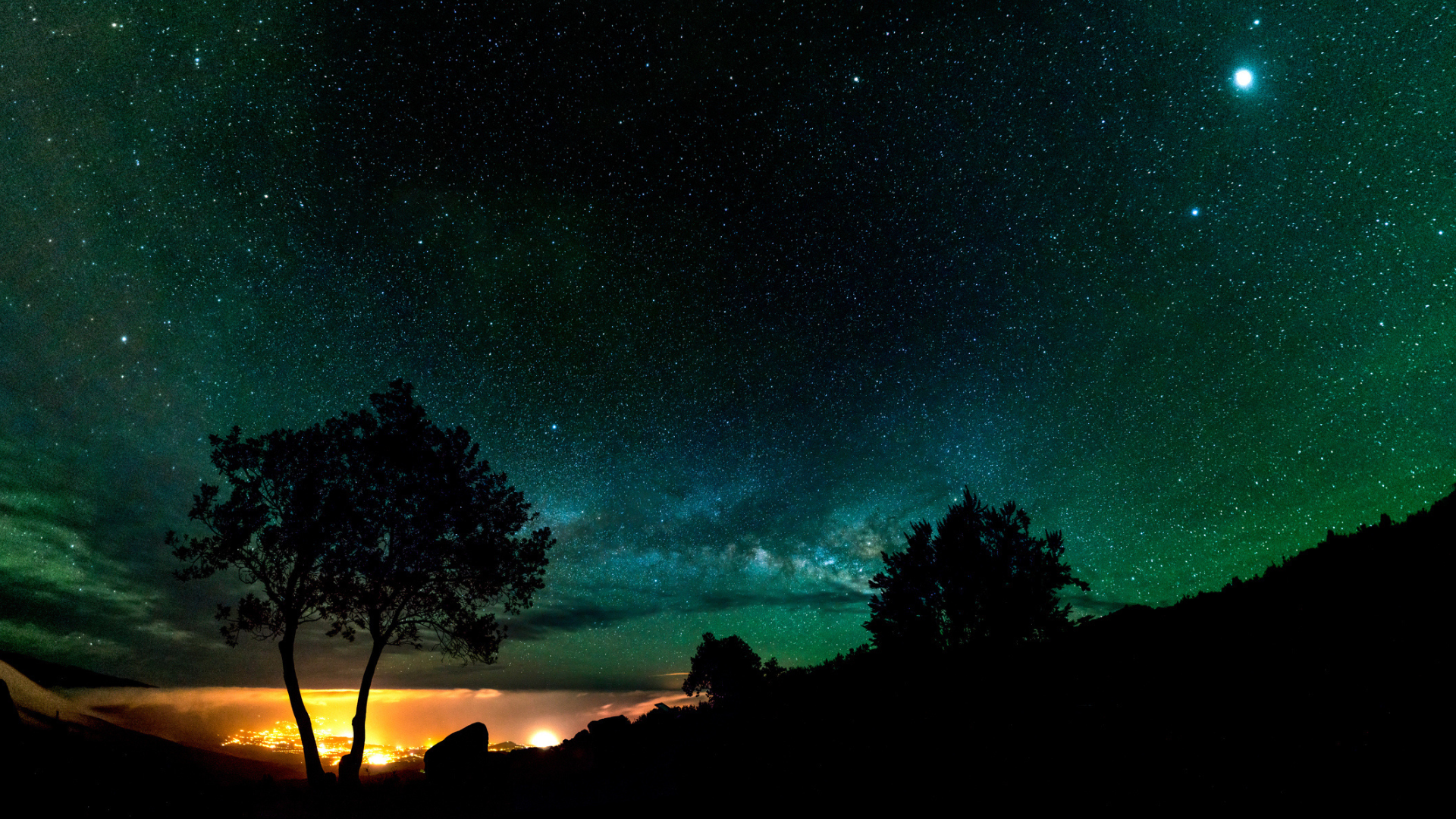
April 21 - 28 is International Dark Sky Week, a global celebration of the night sky during which like-minded organizations and people take action to raise awareness of an inevitable aspect of modern-day life: the rising scourge of light pollution.
Light pollution is a serious issue for night sky enthusiasts hoping to explore the cosmos from our vantage point on Earth, and is the primary reason why powerful observatories are built in remote locations, such as the Atacama Desert in Chile. Even so, a 2022 study from the Royal Astronomical Society showed that artificial light was polluting the skies over most observatories, while suggesting that immediate action would be needed to safeguard these scientific bastions.
But the loss of dark skies is felt far beyond its harmful effects on astronomy. "From the darkness needed for a restful night's sleep to the activities we enjoy beneath the stars, the night plays a crucial role in protecting healthy wildlife ecosystems, advancing science and exploration, preserving cultural knowledge, and much more," reads a post on the International Dark Sky website.
Astronomers measure the apparent brightness of a night sky object by its magnitude. The lower this value is, the brighter an associated object is in the night sky. Under good night sky viewing conditions the human eye is capable of picking out objects with a magnitude of around +6, which allows us to view over 9,000 stars without the need for telescopes or binoculars. However, under artificial city lights that limit drops to a magnitude of +3, which renders many deep sky objects and stars lost to sight.
To celebrate International Dark Sky Week 2025, we've put together a list of 10 night sky objects visible over the coming days that showcase the majesty of the post-sunset realm. The majority of viewing targets are easily accessible to newcomers using nothing but the naked eye and a dark sky, although some may benefit from the use of a stargazing smartphone app such as Stellarium, or Starry night.
However, some of the latter selections in our list would benefit from being viewed through a pair of binoculars, or a telescope, to bring out their true beauty. While the most impressive sights will be found under clear, unspoiled dark skies, many of the viewing targets can be observed in urban areas. Regardless of where you are, be sure to let your eyes adjust to the dark for at least 20 minutes to get the most out of your skywatching experience, and to use a red light when extra illumination is needed to save your night vision!
1 - The Big Dipper
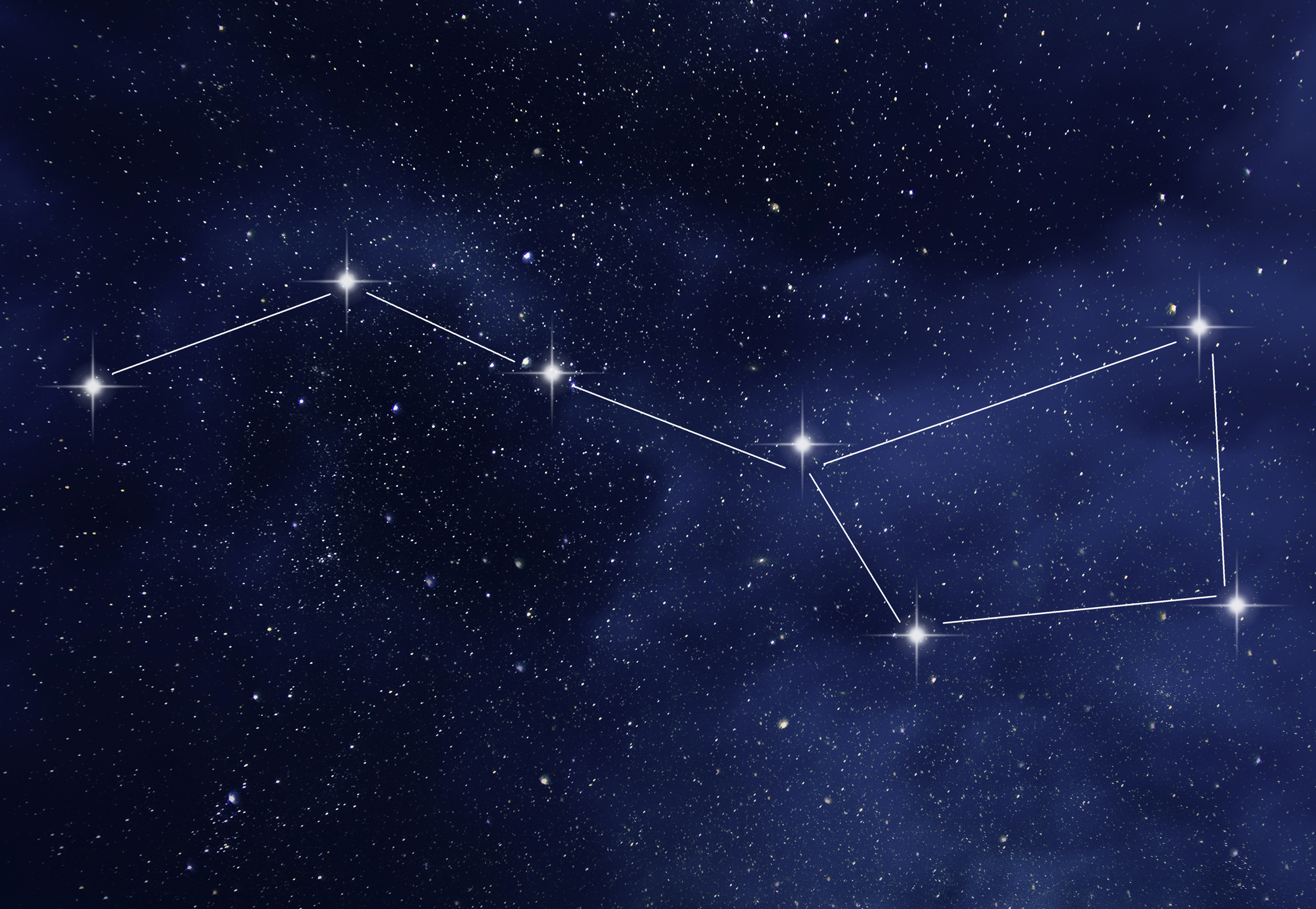
The seven bright stars that form the Big Dipper - also known as the Plough - are among the most famous stellar formations in the Northern Hemisphere. In reality, the stars of the Big Dipper are separated from one another by near unimaginable tracts of space, but from the seemingly unchanging perspective of Earth they come together to create a distinctive bowl and handle shape.
The Big Dipper is what is known as an asterism - the term given to a recognizable formation of stars that belongs to an even larger grouping of stellar bodies called a constellation. The Big Dipper's constellation Ursa major - the Great Bear - happens to be a circumpolar constellation, which means that it’s always above the horizon in the northern hemisphere, particularly during spring, when it is particularly high overhead. If you're having difficulty spotting this bright asterism then why not turn to a stargazing app, many of which have free functionality and the best of which can be found in our handy guide!
2 - The North Star, Polaris
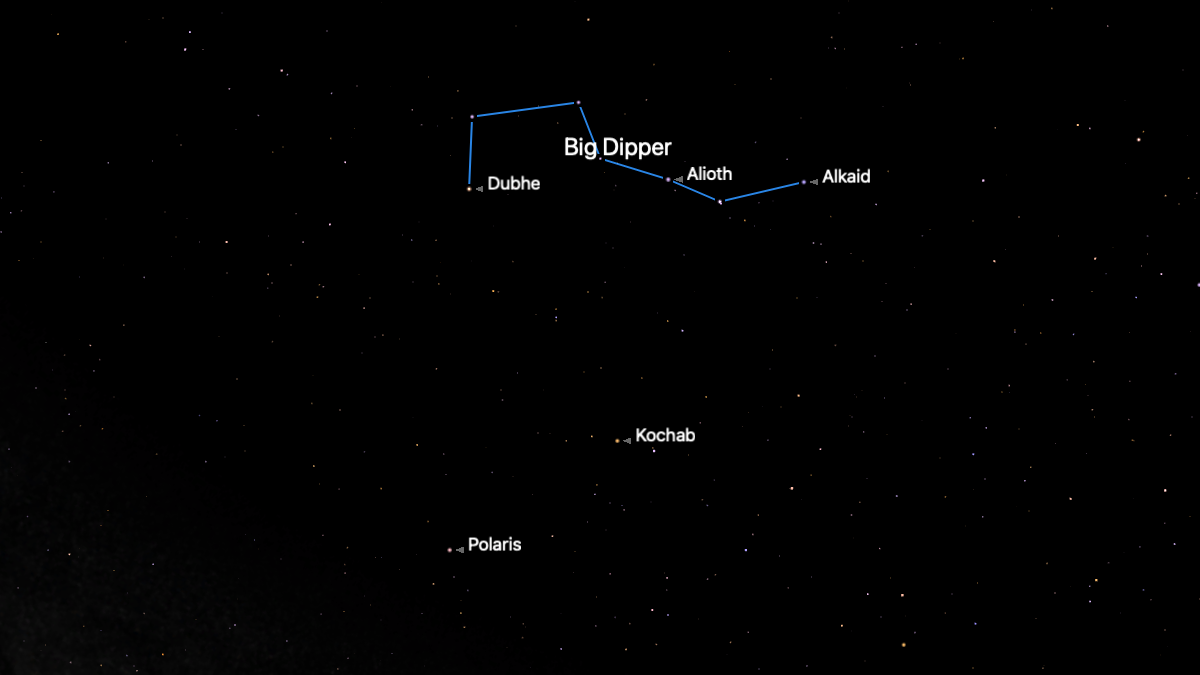
The next object on our tour is the magnitude +2 star Polaris, which can be located with the help of the bright stars Merak and Dubhe, which form the outer edge of the Big Dipper's 'bowl'. Simply trace an imaginary line from the base of the bowl (Merak) out through Dubhe, and the next bright star that the line intersects will be Polaris!
Polaris is also known as the North Star, owing to the fact that it just so happens to be positioned extremely close to the north celestial pole, which is essentially an extension of Earth's geographic north pole, and around which the entire sky seems to rotate. As such, Polaris held a special significance to our ancestors, who used it to determine their latitude on Earth during long sea voyages.
However, the celestial north pole is slowly wandering away from Polaris as a result of a wobble in the rotation of Earth's axis. According to NASA a new North Star will be crowned in around 12,000 years in the bright star Vega.
3 - Betelgeuse
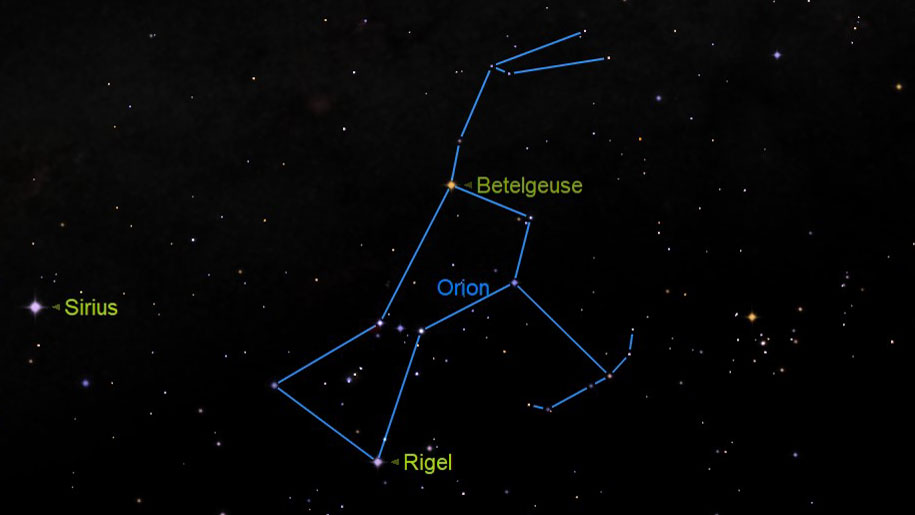
Betelgeuse - or Alpha Orionis if you want to be fancy - is one of the largest stars visible in the Northern Hemisphere. According to NASA, the red supergiant is estimated to shine brighter than up to 14,000 suns. Despite being a mere 10 million years old, Betelgeuse is already nearing the end of its mighty existence, having already expended most of its hydrogen reserves needed to fuel the fusion reaction that prevents the gigantic stellar body from collapsing in on itself.
At any point in the next 100,0000 years Betelgeuse could run out of the last of its hydrogen, and end in a cataclysmic supernova explosion that would be visible on Earth, even during the day.
To find Betelgeuse in the April night sky, you need only look to the western sky soon after sunset, and locate the three bright stars Alnitak, Alnilam and Mintaka that line up horizontally to form an asterism known as Orion's belt. Then, trace a line up from Mintaka and slightly to the right, to find Betelgeuse.
4 - Mars, Castor and Pollux.
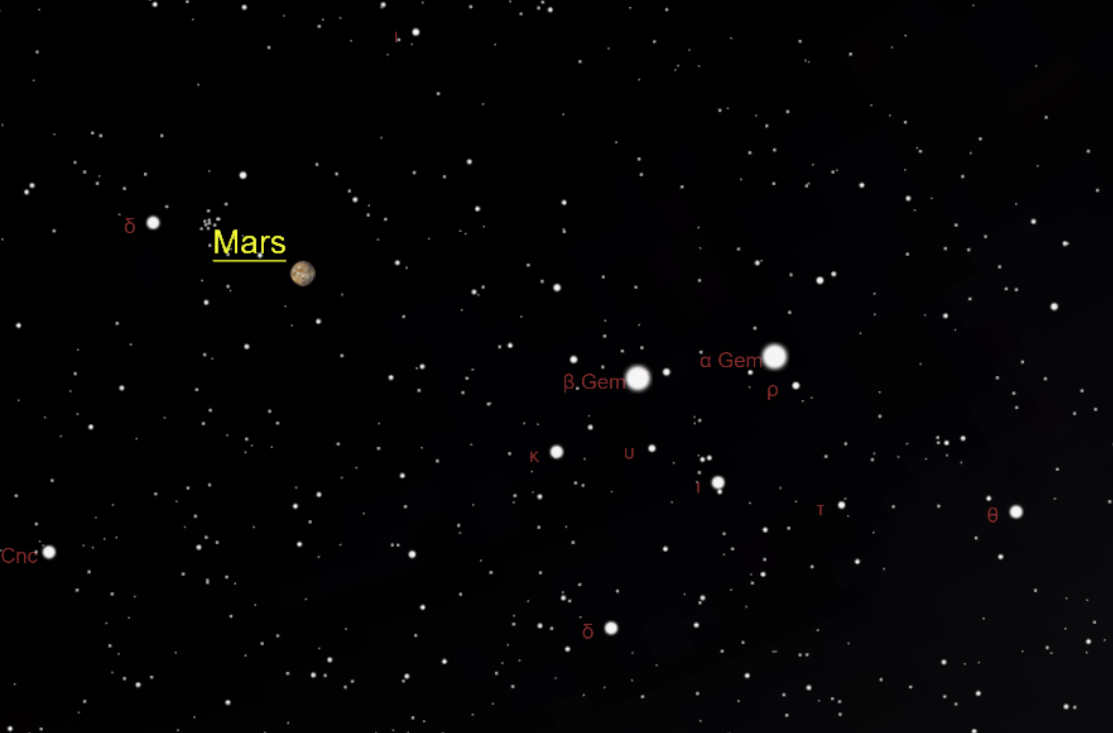
Space agencies and private companies alike have their sights set on exploring the secrets of the Red Planet, with a view to one day putting human boots on its barren surface. During April, Mars is located relatively close to the bright stars Castor and Pollox, which can be found 40 degrees upwards from Betelgeuse in the direction of your local zenith, which is the patch of space directly above your head.
The width of your fist from your thumb to the outside of your hand equals around 10 degrees in the sky. With that in mind, all you need to do is stack four fists on top of Betelgeuse, and you will find Castor and Pollux waiting for you side by side. Mars can then be seen as a bright red point of light to the upper left of the two stars.
5 - Beehive Cluster

Less than 10 degrees to the upper left of Mars this week is the Beehive cluster, which appears as a fuzzy patch of light to the naked eye under clear dark skies, and something all the more spectacular with the aid of a pair of binoculars, or telescope. According to NASA, the Beehive cluster is home to around 1,000 stars that are loosely bound together by gravitational attraction.
The enormous stellar beehive is thought to be 600 - 700 million years old, and was initially mistaken as a nebula by the famed astronomer Galileo Galilei when he observed it in the early 1600s. A pair of good binoculars will reveal tens of stars clustered together in the Beehive, while a telescope could reveal hundreds more of the blue-white stellar bodies.
6 - A planetary quartet to the east

The eastern pre-dawn horizon in late April is a veritable planet bonanza, with Venus, Saturn, Mercury and Neptune all crowding in together into a relatively small patch of sky. The planets are best viewed in the hour preceding dawn, and will require a clear view of the horizon.
Venus, the brightest of the planetary quartet, will be visible roughly 10 degrees above the horizon, while Saturn will be visible to the lower right a short distance away. Mercury, the last of the easily visible planets, may also be visible almost directly on the horizon. Neptune will be visible through binoculars or a telescope below Venus and to the left of Saturn, forming a planetary triangle. As always, readers are reminded to exercise extreme caution when using a telescope or binoculars in close proximity to the rising sun.
7 - The Sombrero Galaxy
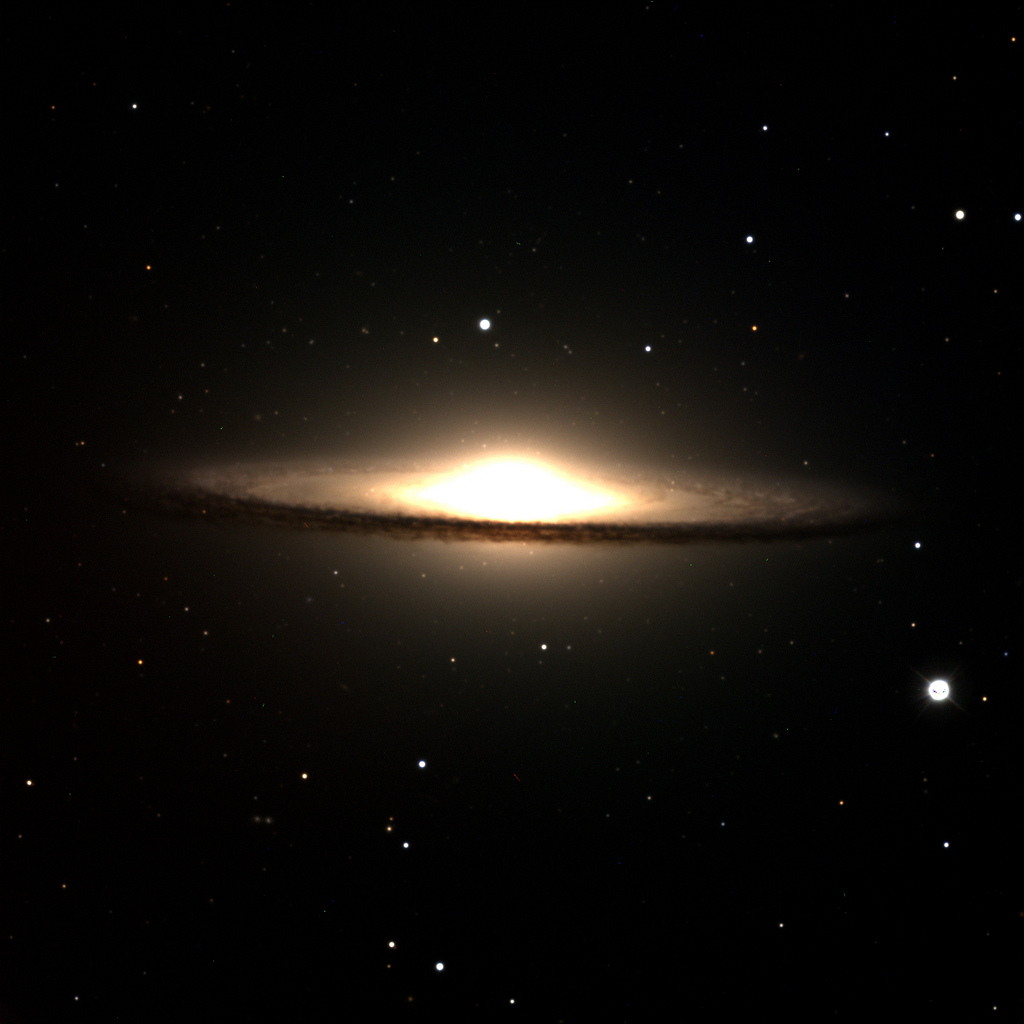
Named for its aesthetic similarity to the iconic piece of headwear, the Sombrero galaxy (M 104) is one of the most iconic and easily recognizable cosmic objects discovered by astronomers to date. The galaxy is tilted almost edge-on to Earth, and features a bright active core and thick, shadowy dust lanes that span some 50,000 light years across.
With a magnitude of +8 the vast galaxy sits just outside of the perception range of the human eye. However, it can be spotted under dark skies using a pair of binoculars, which will reveal the vast structure of gas and stars as a small smudge of light. Through a larger telescope it is possible to gain greater levels of detail. Be sure to check out Space.com's guides for the best binocular and telescope deals to help you find the optics you need to see the Sombrero Galaxy and other deep sky wonders.
A good way to locate the Sombrero Galaxy is to pick out the magnitude 2.8 star Kraz near the southern horizon after dark, and then look upwards until you find the similarly bright star Porrima to the right of Spica. M 104 can be found roughly half way between the two.
8 - The M3 globular cluster
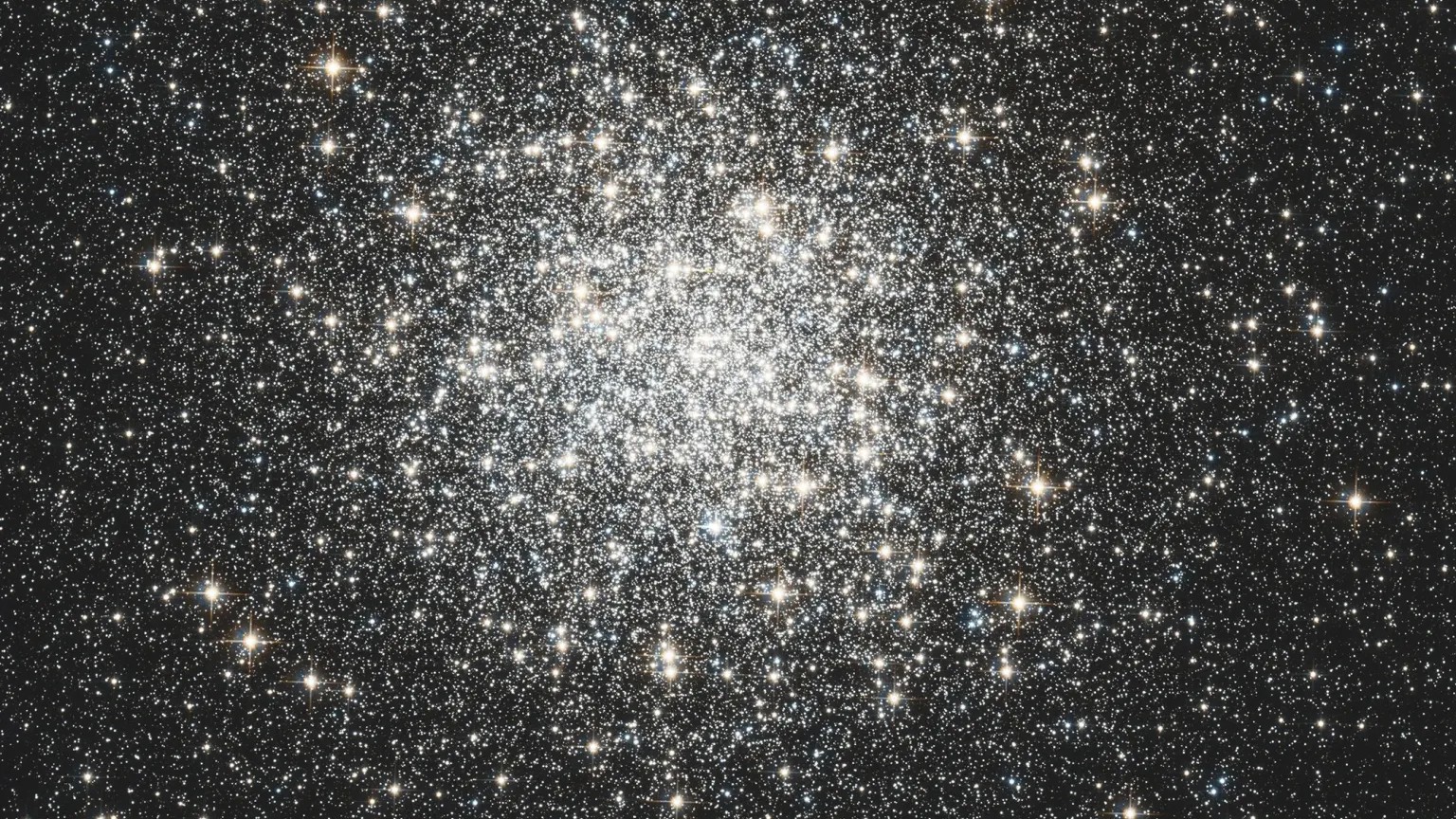
Located 34,000 light-years from Earth, the globular cluster Messier 3 (M3) is known to contain over 500,000 stars. Despite its stelliferous nature, the deep sky object was initially mistaken for a nebula by its discoverer Charles Messier back in 1764, though this wrong would later be put right by William Herschel some 20 years later, when he resolved individual stars within the cluster.
As explained by NASA, the best way to find Messier 3 is to return to the Big Dipper asterism, and draw an imaginary line connecting the star at the very end of the handle, Alkaid, and Arcturus. Then, using a starfinding app, find the magnitude 2.84 star Cor Caroli. The globular cluster we seek is located a third of the way towards Cor Caroli.
9 - Bode's Galaxy + M82
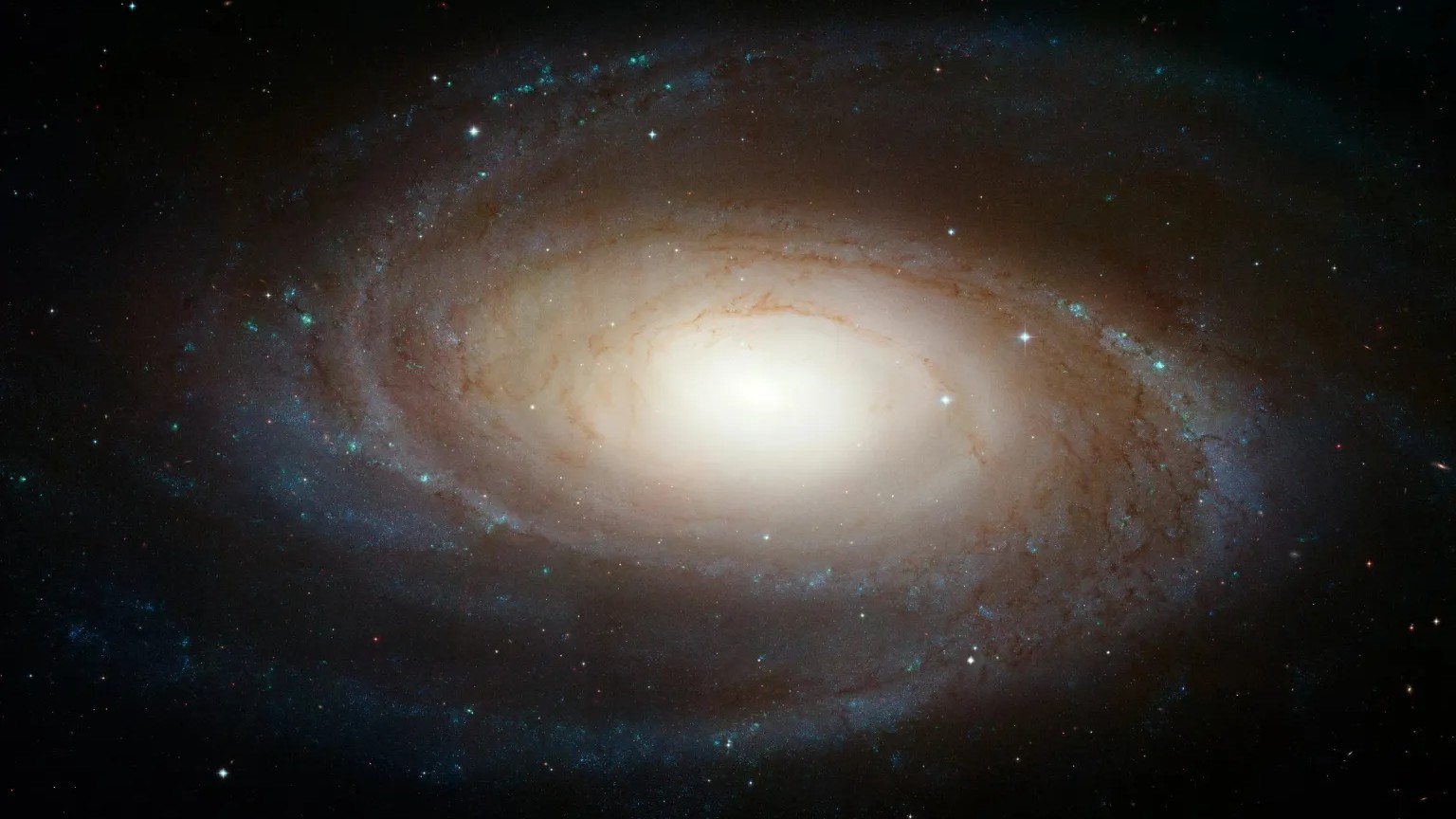
Bode's galaxy is located some 11.6 million light-years from Earth in the constellation Ursa Major, and is one of the brightest galaxies to be found in the night sky, with an apparent magnitude of +6.9. The cosmic structure was discovered in 1774 by German astronomer Johann Elert Bode, and later imaged by the Hubble telescope to magnificent effect.
One way to find Bode's galaxy is to locate Dubhe in the bowl of the Big Dipper, along with the magnitude +3.5 star Muscida. Find the halfway point between the two, and head in the direction of Polaris. This imaginary line will bring you close to our target, along with the dimmer galaxies M82, and NGC 3077.
As noted by NASA, it is possible to spot Bode's galaxy as a smudge of light in the spring sky with a pair of binoculars. However, a small telescope will be needed to resolve the galaxy's bright core, which is suspected to play host to a monstrous singularity 15 times the mass of the Milky Way's supermassive black hole.
10 - The Andromeda Galaxy
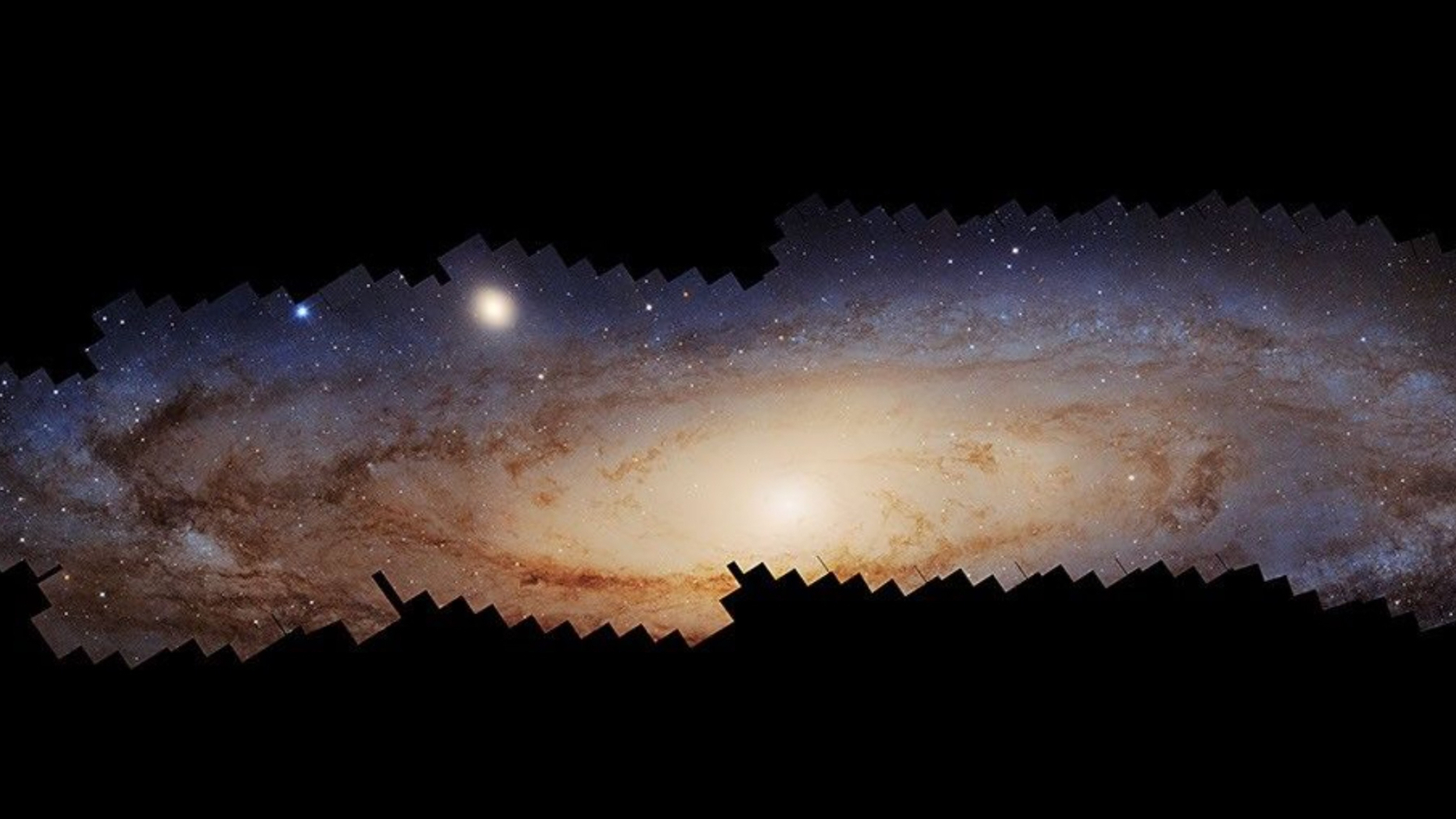
Our final entry is the Andromeda galaxy, a vast spiral galaxy located some 2.5 million light years from Earth, which is destined to collide and merge with the Milky Way some 4.5 billion years from now to form an even larger elliptical galaxy.
During spring, the Andromeda galaxy is best viewed in the hours before dawn by looking to the north eastern horizon and finding the prominent star Mirach close to the horizon. The Andromeda galaxy will be located a little under 10 degrees above Mirach, visible as a fuzzy patch of light to the naked eye.
Join our Space Forums to keep talking space on the latest missions, night sky and more! And if you have a news tip, correction or comment, let us know at: community@space.com.
Breaking space news, the latest updates on rocket launches, skywatching events and more!
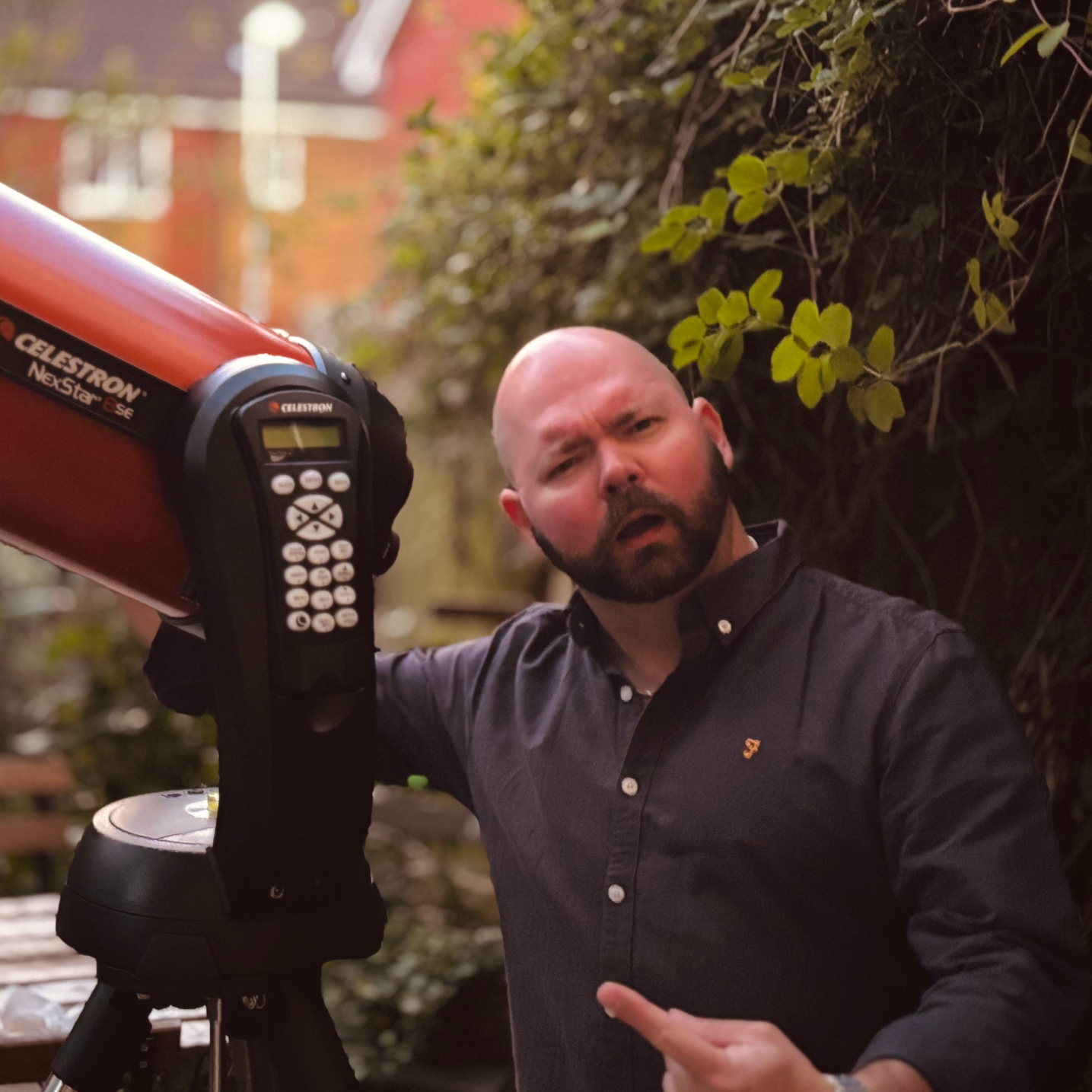
Anthony Wood joined Space.com in April 2025 after contributing articles to outlets including IGN, New Atlas and Gizmodo. He has a passion for the night sky, science, Hideo Kojima, and human space exploration, and can’t wait for the day when astronauts once again set foot on the moon.
You must confirm your public display name before commenting
Please logout and then login again, you will then be prompted to enter your display name.
